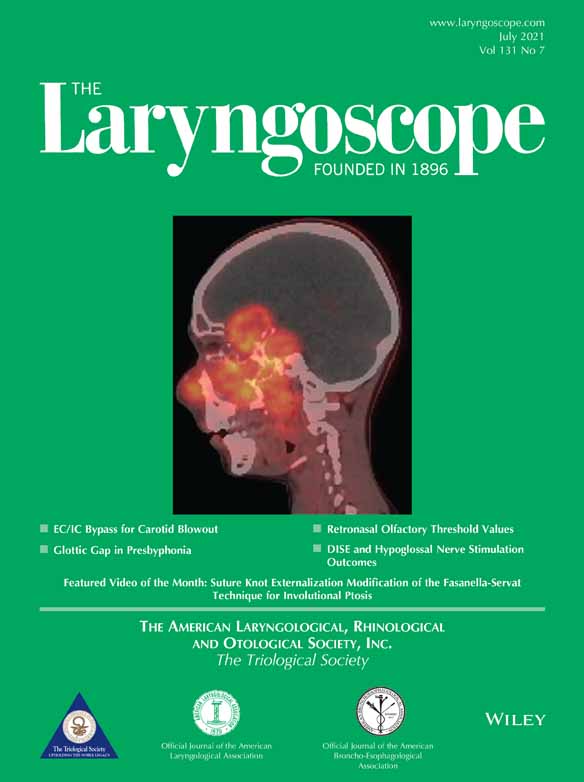Antibiotic Prescribing for Acute Rhinosinusitis: In-Person Versus Virtual Visits During Covid-19
Editor's Note: This Manuscript was accepted for publication on December 1, 2020.
The authors have no funding, financial relationships, or conflicts of interest to disclose.
Abstract
Objectives/Hypothesis
Determine if antibiotic prescribing patterns differ for in-person versus virtual clinic visits for acute rhinosinusitis (ARS).
Study Design
Cross sectional study.
Methods
All adult virtual clinical encounters from March to May 2020 with a principal diagnosis of ARS were reviewed for demographic data and the presence or absence of an antibiotic prescription during the coronavirus shut down in Massachusetts. In-person clinical encounters from March to May 2019 were similarly examined as a control. The rate of antibiotic prescription was compared between virtual (2020) and in-person (2019) visits for ARS diagnoses.
Results
There were 2,075 patients in March to May 2020 and 3,654 patients March to May 2019 who received an ARS principal diagnosis at their virtual and in-person outpatient visits, respectively. There was a statistically significant lower rate of antibiotic prescriptions for ARS in 2020 (72.1%) versus 2019 (76.7%).The odds ratio for an antibiotic prescription for ARS was 0.783 (95% confidence interval, 0.693–0.86; P < .001) for patients seen in the 2020 cohort versus the 2019 cohort. The compared rates for antibiotic prescribing for 2020 versus 2019 were not different in individual month-to-month comparisons. When stratified by otolaryngology providers there was no statistically significant difference of antibiotic prescriptions between the 2019 and 2020 cohort (P = .781).
Conclusions
During the massive transition to virtual visits for March to May 2020 due to the coronavirus pandemic shut down in Massachusetts, the total rate of outpatient antibiotic prescribing for ARS was lower in the virtual visit environment compared to the traditional in-person visit. In this scenario, telemedicine did not result in an increase in antibiotic prescribing despite the lack of an in-person physical exam.
Level of Evidence
IV Laryngoscope, 131:E2121–E2124, 2021




